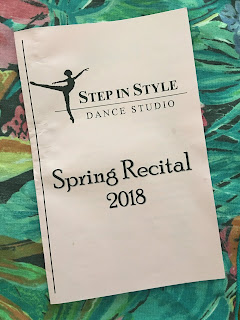Your family may have been a part of that community for years. If not, certainly the families of your friends were. Despite the eager diaspora of young people in pursuit of adventure and success in a setting that doesn't look just like yesterday to them, a small town is a place of roots.
Do you ever feel disconnected? Small?
Maybe something like this: moderately flourishing, a few blemishes, some opportunities for future growth, but all in all not certain you are big enough to thrive.
Take heart. I found this pin oak stem on the ground earlier this evening. It's so easy to look at it and think, "You're not that much." But there's more to the story. That's so often true.
Everything comes from someplace. This twig was separated from a branch. The branch was part of a tree. The tree had been there a while.
There by the barn stand Dale and Jack. They are talking about the age of the tree in the foreground. It's conjecture, because neither of them is willing to cut down the tree to see who's right. They don't have the tools, they don't have the energy, and they would have to find another shady spot to stand in afterward, so the answer to the question remains a point of pleasant conversation--something too often overlooked, if you ask me. Since you didn't, let's get back to our topic.
I show you this view of the tree for a sense of scale. Irrefutably, it began life looking much more like the first picture we looked at. Somehow it thrived. If you lived around it, you'd probably say it's old. It's slow. You can't see its growth. It's happening, but it's not something you remark on until you leave and return. Then you notice that the height is the same, but branches have gotten thicker. Heavier. the canopy has spread. And as Dale pointed out, there is a lot of wonderful shade.
Old. Slow. No growth. People talk about more than trees that way.
The trunk of the tree we've been considering is thick. The man you see in the picture below is not what you would call a tree hugger, but he appreciates them. In this case, he's extending his span to get an idea just how big around this tree is. Full disclosure: this man is my father, so you can damn skippity bet that he is the Sir in circumference.
We put the best minds available to work on this one. That included Mom and Dad's dog, Millie. We decided it's pretty big. Probably at least 25 feet around. Possibly 30 feet or more. Let's step back a bit and appreciate the size.
Just a few more steps. Who am I kidding? Let's keep walking until we're in the neighbor's yard and most of this tree fits in the frame of the picture.
If people just knew what to look for, they would see our community in us. Whether we've remained where we were born, returned to it, or continue to carry a bit of it with us, we are dwarfed by its scale. In those moments when we have trouble believing in ourselves, we have so many generations of people who preceded us to look to. Each did something to create a life for themselves and their families. It may not have been monumental, but it was significant. Each act of each person is threaded into the history of a place we have called home. We are part of that same stock by blood or by association.
It's not all good. What is? Even the finest tree has knots, scars, and branches that don't look just right. But step back and look at the whole. It has a beauty.
At the local museum, we're assembling stories to display on a new piece of equipment. Our storytellers are combing through objects in our collection, photographs from our archives, and family histories that people have submitted. I sometimes wish everybody could do that. The stories you learn as you're building the story you're telling are fascinating. When I left town, I had no idea of the richness of the history in my mirrors.
So, I'd like you to do one of two things.
1. Find the biggest tree you can. Get near it and look up through its branches. Sit underneath it and listen to the sounds around you. Take a picture of it and post it online.
2. Find something you especially like about your hometown. It can be people. It can be a place. It can be something just outside the town. Take a picture of whatever that special thing is and post it online. Learn about its history until you find at least three things you didn't know.
Whether you chose #1 or #2, encourage, challenge, or browbeat (depending on your area of particular giftedness) somebody to do the same thing.
The more we know of our own stories--which includes our communities--the stronger our tree will be.





